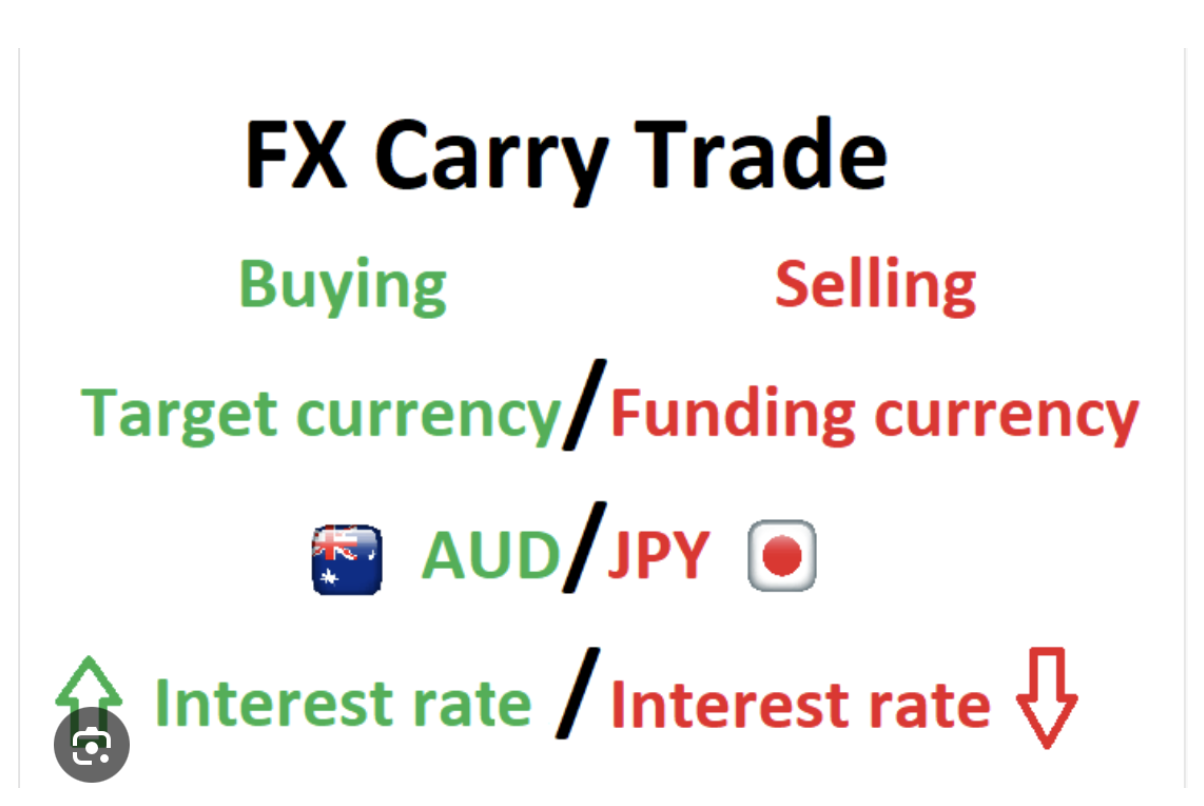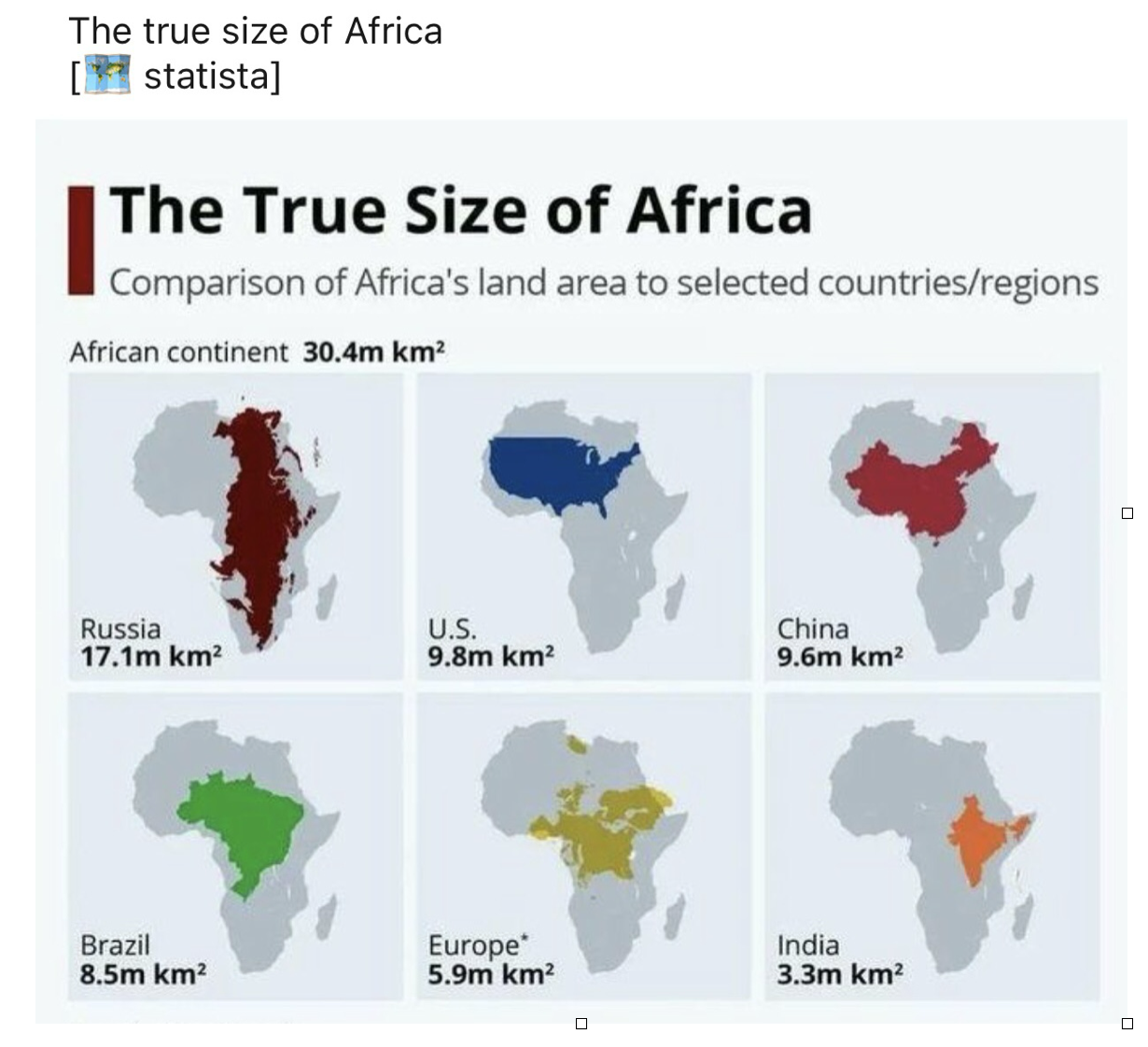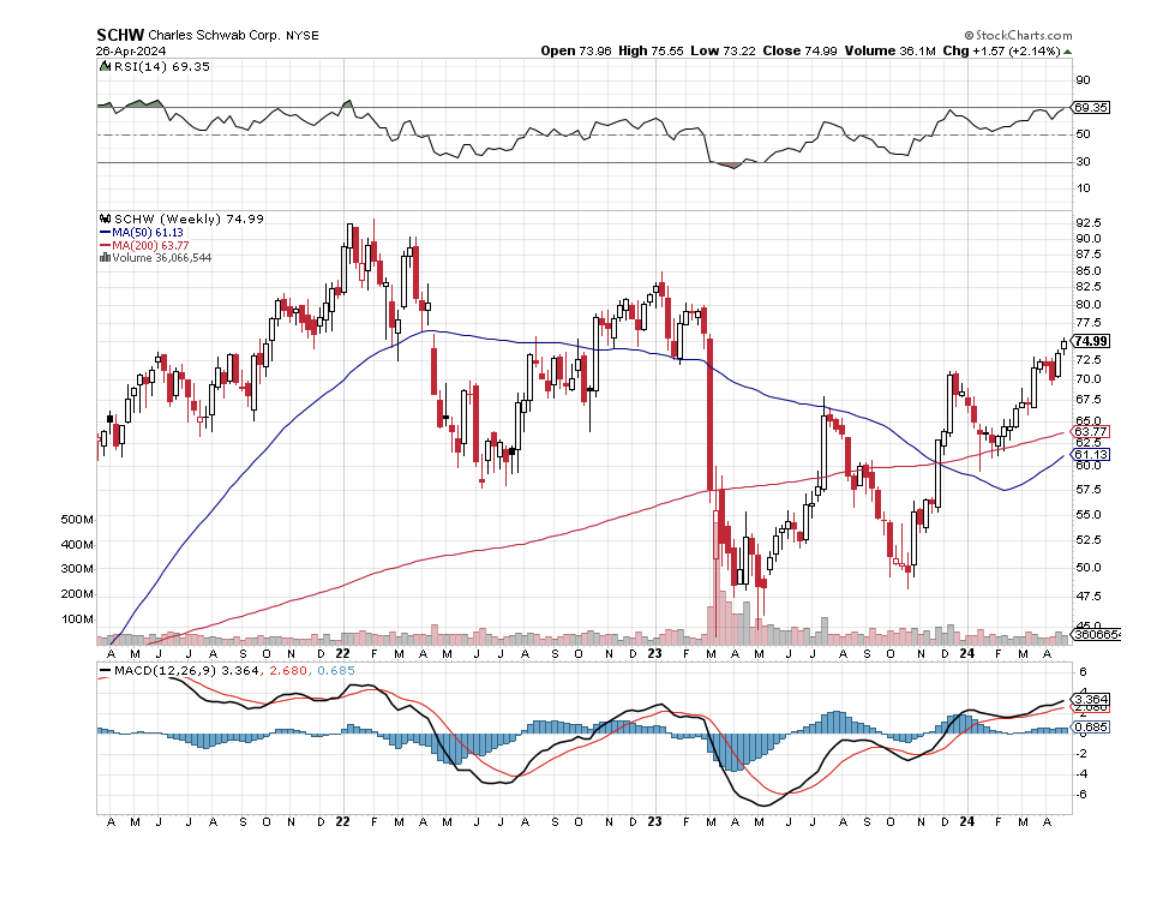When John identifies a strategic exit point, he will send you an alert with specific trade information as to what security to sell, when to sell it, and at what price. Most often, it will be to TAKE PROFITS, but, on rare occasions, it will be to exercise a STOP LOSS at a predetermined price to adhere to strict risk management discipline. Read more
( THE YEN IS FACING A DILEMMA)
May 1, 2024
Hello everyone,
Welcome to May, and what could be a continuation of the market behaviour we saw in April. The market is in the doldrums about what the Fed might say on Wednesday. Investors are already interpreting and theorizing possible outcomes, hence putting the market on the back foot.
As we wait to decipher the Fed’s stance on the road ahead, let’s look at what Bank of America thinks about this market correction.
According to the firm, investors should not panic. Instead, they should use the downside movement as a promising entry point before the market swings back to the green this summer.
It’s that ‘buy on the low, sell on the high’ idea. Most of the reluctance to buying at these times comes from the mindset: ‘But, what if the market (or stock) goes lower?’ Answer: you buy in small parcels at different levels, average in.
That’s how I approach the market. Take what the market gives you.
During election years, headwinds in April and May can be expected. But this is mostly temporary. Seasonality supports buying the dip prior to a summer rally. Volume indicators for the S&P 500 are suggesting a pause ahead of upsides in the summer.
Why is the Japanese Yen cratering?
The Japanese stock market has been rallying over the past few years. From its Covid-induced low in 2020, the Nikkei has run to a record high of over 38,000. That gallop has even outdone the U.S. S&P500 over the same period.
Japan’s previous three decades saw stagnant performance and low economic growth. Now in 2023/2024, we see Japan’s stock market entering a new era of strength, but alongside this strength, the Japanese Yen has collapsed.
On Monday morning the Yen briefly touched 160, a 34-year low compared to the U.S. dollar. However, in what may have been the Bank of Japan's intervention, the dollar dived below 157 in a heartbeat not long after the low was reached. In January 2023 the Yen was sitting at 129. So, what gives?
The Yen’s collapse can mostly be explained by the rising U.S. interest rates. The currency’s fortunes are mostly tied to expected interest rate differentials. In other words, the Yen will fluctuate in accordance with the anticipated difference between the interest rates in Japan and other parts of the world, most particularly the U.S.
So, when the U.S.’s interest rates are higher than Japan’s, it puts pressure on the yen. And the reasons for this are twofold. Firstly, due to Japan’s low interest rates, the yen is often used in the so-called “carry trade.” This means investors can borrow at a low interest rate to invest in an asset with a higher return. So, you might see a fund manager borrowing yen and investing it in a higher-yielding foreign instrument, pocketing the difference.
The interest rate differentials between Western powers and Japan also impact investment and hedging in Japan’s $4.2 trillion portfolio of overseas assets. When Japanese investors see that interest rates are far higher in other developed nations, they’ll often increase their investment in these overseas assets, pulling down the yen. Hence the rising interest-rate differential between the U.S. and Japan has become quite a dilemma for the yen over the past few years.
In the short to medium term, there is little likelihood of change here for JPY/USD. With the resilient U.S. economy and inflation showing signs of accelerating, many believe the Fed is unlikely to cut interest rates soon, which will see the yen remaining at the mercy of developments, particularly in the U.S.
But the tide will eventually turn. U.S. and European central banks will eventually cut their respective interest rates, lessening the painful interest-rate differential for Japan.
Bank of America argues that the Bank of Japan may hike rates in the third quarter, and the U.S. could cut rates. This would then pave the way for yen appreciation.
QI Corner
Cheers,
Jacquie
Global Market Comments
May 1, 2024
Fiat Lux
Featured Trade:
(SEVEN REASONS TO BUY CHARLES SCHWAB),
(SCHW), (TLT), (GS), (MS), (C), (BAC),
(TESTIMONIAL),
(TAKING A BITE OUT OF STEALTH INFLATION)
Looking for a financial to add to your tech-heavy portfolio?
I think the nimble investor can pick up shares of online broker Charles Schwab (SCHW) and gain an outsized return.
That’s assuming that the current correction in the stock market remains in single digits, and doesn’t explode into a full-blown bear market.
There are many things that can go right with (SCHW).
Of the major online brokers, Charles Schwab pays the highest tax rate. With the least amount of international business, it is unable to hide billions of dollars tax-free offshore, as do (GS), (MS), (BAC), and (C).
It therefore pays the highest tax rate of the major financials and will be the most to benefit from any tax cut, if and when that ever happens.
Big funds have been soaking up the stock all year.
That leads to the second play. With the smallest amount of international earnings, the company will suffer the least from a coming weak US dollar.
With 90-day US Treasury bill ticking at 5.39% this morning, the greenback will almost certainly remain strong for a few more months. Once the cuts start, look out below.
Since financials are the one sector most sensitive to interest rates, (SCHW) should do well when rates fall.
At a 4.70% ten-year yield, we are closer to the bottom in all fixed-income yields than the 2020 top at 0.32%.
Personally, I don’t think the ten-year will go any lower than 5.10% in this cycle.
Here is the fourth reason to pick up some (SCHW).
When my New American Golden Age resumes, stock markets will rise threefold and volumes will explode.
The retail investor will make a long-awaited return to investing in equities.
Ever wonder why your online brokers keep disappearing?
Why TradeMonster get taken over by Option House, which then was swallowed by E-Trade?
It’s the major players making bets that financials will become the top-performing sector of the next decade. Always follow the big money.
This makes Charles Schwab a takeover target.
And if Schwab doesn’t get bought out, it will benefit from reason number six, a huge concentration of the industry that will finally allow commissions to RISE instead of fall, as they have over the last four decades.
Reduced competition always leads to higher profits. If you’re not convinced look no further than the airline business.
Charles Schwab originally sprang from a well-written newsletter from the 1960s and is now both a bank and brokerage firm, based in San Francisco, California.
It was founded in 1971 by Charles R. Schwab and was one of the earliest discount brokerage houses. It is now one of the largest brokerage firms in the United States.
The company provides services for individuals and institutions that are investing online.
(SCHW) offers an electronic trading platform for the trade of common stocks, preferred stocks, futures contracts, exchange-traded funds, options, mutual funds, and fixed-income investments.
It also provides margin lending and cash management services. The company also provides services through registered investment advisers.
It is not cheap, with a price-earnings multiple of 31, but it does offer a dividend of 1.33%.
This is a market that is all about expensive stocks getting more expensive, which cheap stocks (retail) get cheaper.
(SCHW) total market capitalization stood at $110 billion at the end of trading yesterday.
Of course, there’s the seventh reason to buy the shares of Charles Schwab.
I have the box next to the one owned by (SCHW) founder and CEO Charles Schwab himself at the San Francesco Opera House.
At the intermission for the season opener for Puccini’s Turondot, I asked him what he thought about the price of his shares here.
All he would say was “I’m not selling”, and gave me a wink.
The last time I bet on a wink like that, I got a double in the shares.
That’s good enough for me.
Dear John,
I loved your trades this year!
10% plus in a day? I’ll take as many of those as you can dream up.
And pulling this off in this boring market is incredible.
After reading BS and extreme negativity in my other newsletters all day long, you are a breath of fresh air.
Keep them coming.
David
Austin, Texas
When I visited the local fire station in the spring, I was snared by some uniformed pre-teens, backed by beaming mothers behind a card table selling Girl Scout cookies.
I was a pushover. I walked away with a bag of Thin Mints, Lemon Chalet Creams, Do-Si-Dos, and Tagalongs.
I have to confess a lifetime addiction to Girl Scout cookies. I am also sympathetic because while growing up, I had five sisters who were Girls Scouts.
During the early eighties, one of the managing directors at Morgan Stanley's equity trading desk had a daughter in this ubiquitous youth organization.
One day, she pitched to all 200 traders on the floor, going from desk to desk with sheets of paper taking orders.
I used to buy two of everything she offered, as some of my clients preferred a few boxes of these delectable treats over lunch at the Four Seasons.
Others ordered hundreds. I later heard that the girl was the top-performing scout in the greater New York area two years running. I remember well the truck backing up to the building’s loading dock to deliver the plunder.
However, this year, when I got home and opened the boxes, I was shocked.
While the price was the same, the number of cookies had shrunk considerably. I knew it was not my waistline the scouts were concerned about. I was seeing the dastardly hand of “stealth inflation” at work.
In this highly deflationary environment, companies are loathe to raise prices.
Any attempt to pass these costs on to consumers is punished severely. So companies cut costs, quantity, and quality, instead, by shrinking the size.
I think you are seeing stealth inflation breaking out everywhere.
It is not just in food. Many products seem to be undergoing a miniaturization process while prices remain unchanged. It also extends to services, where a dollar buys you less and less. Even the president was complaining about the shrunken size of Snickers.
This is how the consumer prices index is staying in very low single digits, despite anecdotal evidence everywhere to the contrary.
“There is one peculiarity about mass psychology in that when you are in a bubble, you can't see it. Bubbles are invisible when you are inside the bubble,” said the charming Jim Dines of The Dines Letter.
Legal Disclaimer
There is a very high degree of risk involved in trading. Past results are not indicative of future returns. MadHedgeFundTrader.com and all individuals affiliated with this site assume no responsibilities for your trading and investment results. The indicators, strategies, columns, articles and all other features are for educational purposes only and should not be construed as investment advice. Information for futures trading observations are obtained from sources believed to be reliable, but we do not warrant its completeness or accuracy, or warrant any results from the use of the information. Your use of the trading observations is entirely at your own risk and it is your sole responsibility to evaluate the accuracy, completeness and usefulness of the information. You must assess the risk of any trade with your broker and make your own independent decisions regarding any securities mentioned herein. Affiliates of MadHedgeFundTrader.com may have a position or effect transactions in the securities described herein (or options thereon) and/or otherwise employ trading strategies that may be consistent or inconsistent with the provided strategies.














